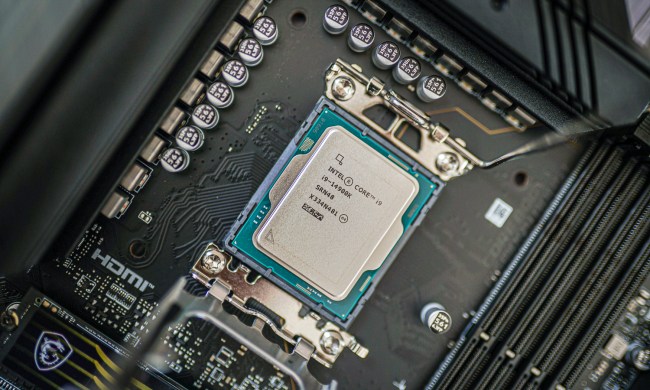The PC and laptop market is still in the midst of the ongoing chip shortage. While getting a reasonably priced graphics card, processor, desktop, or laptop has never been harder than it is now, many are hoping that the tides will change and the situation will improve. Unfortunately, according to Intel CEO Pat Gelsinger, the shortage may last until 2023 at the very least.
Gelsinger spoke to CNBC ahead of announcing Intel’s third-quarter earnings for this year. The company revealed that its revenue for the Client Computing Group is down by 2% year-over-year, dropping to $9.7 billion. This includes both desktop and laptop chips. According to Intel’s CEO, the reason for the lower revenue stems from the chip shortage.

Many aspiring PC builders and laptop users alike are looking forward to the ending of the chip shortage, but according to Intel, the future is bleak.
“We’re in the worst of it now; every quarter next year, we’ll get incrementally better, but they’re not going to have supply-demand balance until 2023,” said Gelsinger.
This prediction is slightly worse than the speculation Intel shared earlier this year alongside TSMC, a global semiconductor foundry. In an interview with the Washington Post, Gelsinger stated that the situation would take a couple of years to address, but didn’t indicate that 2023 would be the earliest possible ending to the chip shortage.
Another drop suffered by Intel comes from a lowered revenue from notebook sales — down 5% year-over-year. Although the demand for laptops and PC parts is higher than ever, the chip shortage makes it impossible for manufacturers, including Intel, to meet the rising market demands. Intel attributes this drop in revenue to “notebook ecosystem constraints.”
Laptop sales have slowed down not just because of the lack of chips, but also because of a general shortage of parts. Gelsinger said that it’s the combination of laptop parts that poses a problem in manufacturing larger amounts of new notebooks.
“We call it match sets, where we may have the CPU, but you don’t have the LCD, or you don’t have the Wi-Fi. Data centers are particularly struggling with some of the power chips and some of the networking or ethernet chips,” Gelsinger told CNBC.

Although Intel saw a considerable rise in the sales of desktop PC components, mostly processors, the 20% increase in revenue did not compensate for the 5% Intel lost on laptop sales. With the ongoing pandemic, both the PC and laptop markets have seen unprecedented growth and rising market demand that cannot be met. It’s worth noting that Intel still saw a 5% year-over-year rise in total revenue.
If Intel’s forecasts are correct, we might be in the midst of the chip shortage for much longer than anyone expected just a year ago. AMD CEO Lisa Su and Nvidia CEO Jensen Huang also don’t see the situation improving in the near-term. Both predicted 2022 as the time when the shortage will slowly begin to ease up.


